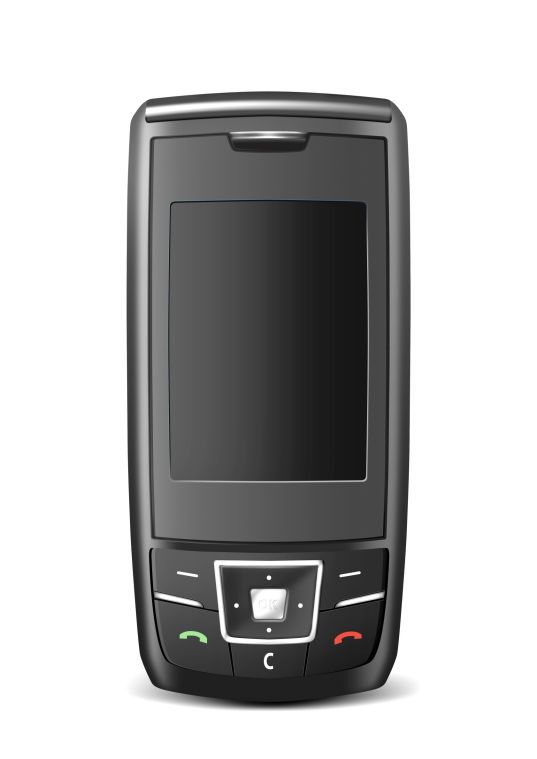Technology redefines note taking
March 16, 2011
Robert Riley sits in class, eyes fixed on the screen of his iPad. Rapidly, he types on the 9.7-inch, LED-backlit glossy widescreen Multi-Touch display.
Although it may look like he is slacking off, he is actually taking notes, adding due dates to his calendar and e-mailing his professor all from his fingertips.
This shift from traditional, paper note-taking to digital note-taking is becoming more and more noticeable. Washburn students like Riley are using handheld devices to type, record and e-mail lectures.
“I use my iPad mostly for tasks like note taking, brainstorming concepts, e-mail responding, writing shorter papers, and my online class,” said Riley, senior Art major.
Not only does Riley use his iPad for classwork, he also regularly uses a MacBook Pro and an iPhone.
“I use my MacBook for power computing, like Photoshop or other graphic intensive work. It’s also the main hub in my technology ecosystem,” said Riley. “I keep my class schedules, assignments, files, and teacher e-mails managed on my computer, but then also sync that information to my iPad and phone.”
The ability to access information from anywhere, and from a variety of devices is important to Riley.
“No mater which device I am on I can see my upcoming assignments, due dates, or other important information,” said Riley.
Along with hardware, students like Riley are also using free apps to optimize their learning experience.
“I use an application called inClass. It helps sort out my class work, due dates, notes, and even my professors contact information,” said Riley. “It works on the iPad and iPhone so I can take notes on either. It’s handy because I can record teacher’s lectures, import pictures and files and then link them to the notes.”
According to Riley, using technology in class and for homework has become a great learning tool for him and has increased his academic performance.
“I use them to keep myself organized,” said Riley. “Before, I used to try to keep all of this information in a notebook on paper, but things could get confusing fast, and it wasn’t friendly when changes happened.”
Riley keeps on top of the latest technology he said because it helps him stay on top of his assignments.
“These new technologies benefit me as a student, by allowing me to be able to work on school work, review notes, and remind my self of tasks in more places,” said Riley.
Apple isn’t the only company that uses technology to help college students, and more students than just Riley are utilizing new technology for school.
“For school work, I use my smart phone, a Droid-X,” said Washburn student Adrian Christian. The Droid-X features Adobe Flash Player, Google mobile services and can serve as a mobile hotspot for up to five other devices.
Smartphones like the Droid-X, Blackberrys and the iPhone give students the ability to access the Internet, pdfs and word documents from anywhere, in the the palms of their hands.
“I use my iPhone,” said Washburn student Riley Piles, who uses technology to send, receive and edits homework assignments.
Students are using more than just hardware and applications for school work. They are also taking advantage of online resources.
“I also use Google Docs, a web/cloud based document creator and viewer by Google. It is really useful for when I need to share a paper or slide in class,” said Riley. “I don’t have to carry a USB drive on me, and I don’t have to worry about formatting issues with Mac/PC because it’s all browser-based.”
Google Docs is a word processor, spreadsheet and data storage service with some similar features to Microsoft Office and iWork.
“docs.google.com is great for an online word processor. It has the advantage of being on every device with internet pretty much with no formatting issues,” said Riley. “You can work on a paper at home, work, or school on different devices that way. It also helps with collaboration. Students can also share documents and co-create them at the same time.”



